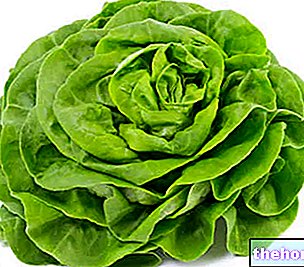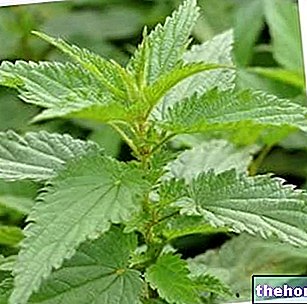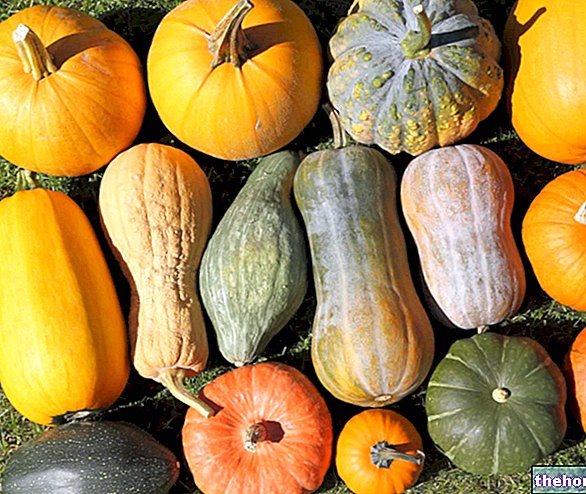
They are also known as Brussels sprouts, and belong (like broccoli and many others) to the category of cabbage, although:
- Unlike cauliflower and broccoli, Brussels sprouts are the sprouts (light green in color) and not the flower of the plant
- Unlike cabbage, savoy cabbage, etc., Brussels sprouts produce numerous (up to 40 at a time) and small sprouts (great when they reach about 3cm in diameter), but not a single large central sprout.
Brussels sprouts are vegetables grown mostly in northern Europe, as they adapt effectively to the cold climate; the area of origin (or rather, where the cultivation began) is that adjacent to the city of Brussels. The most popular Brussels sprouts in Italy are: Mezzo nano, Perfection, Westlandia and Anagor, while the most common varieties in northern Europe (and more difficult to find) are: Fest und Viel, Hilds Ideal, Wilhelmsburger and Cavalier.
, as they contain high amounts of vitamin C (ascorbic acid) and β-carotene (retinol eq. - pro-vitamin A); by virtue of this vitamin content associated with the richness in other antioxidants (phenolic substances), Brussels sprouts are considered useful foods for cancer prevention, while the dietary fiber content is particularly effective in regulating intestinal peristalsis (against constipation).
Brussels sprouts with Béchamel Light
Problems with playing the video? Reload the video from youtube.
- Go to the Video Page
- Go to the Video Recipes Section
- Watch the video on youtube
The potassium and iron intake of Brussels sprouts (although not very bioavailable) is considerable but, on the other hand, they are also rich in purines (like most Brassica oleracea), a characteristic that makes them unsuitable for a diet against hyperuricemia or gout.
Note: due to their characteristic resistance to cold, Brussels sprouts (especially in the past) have been and still are foods with a decisive nutritional function; these, like oranges for the countries of the Mediterranean basin, provide vitamin C and retinol equivalent even in the coldest season, when it is NOT possible to find other foods that contain the same essential molecules.




























